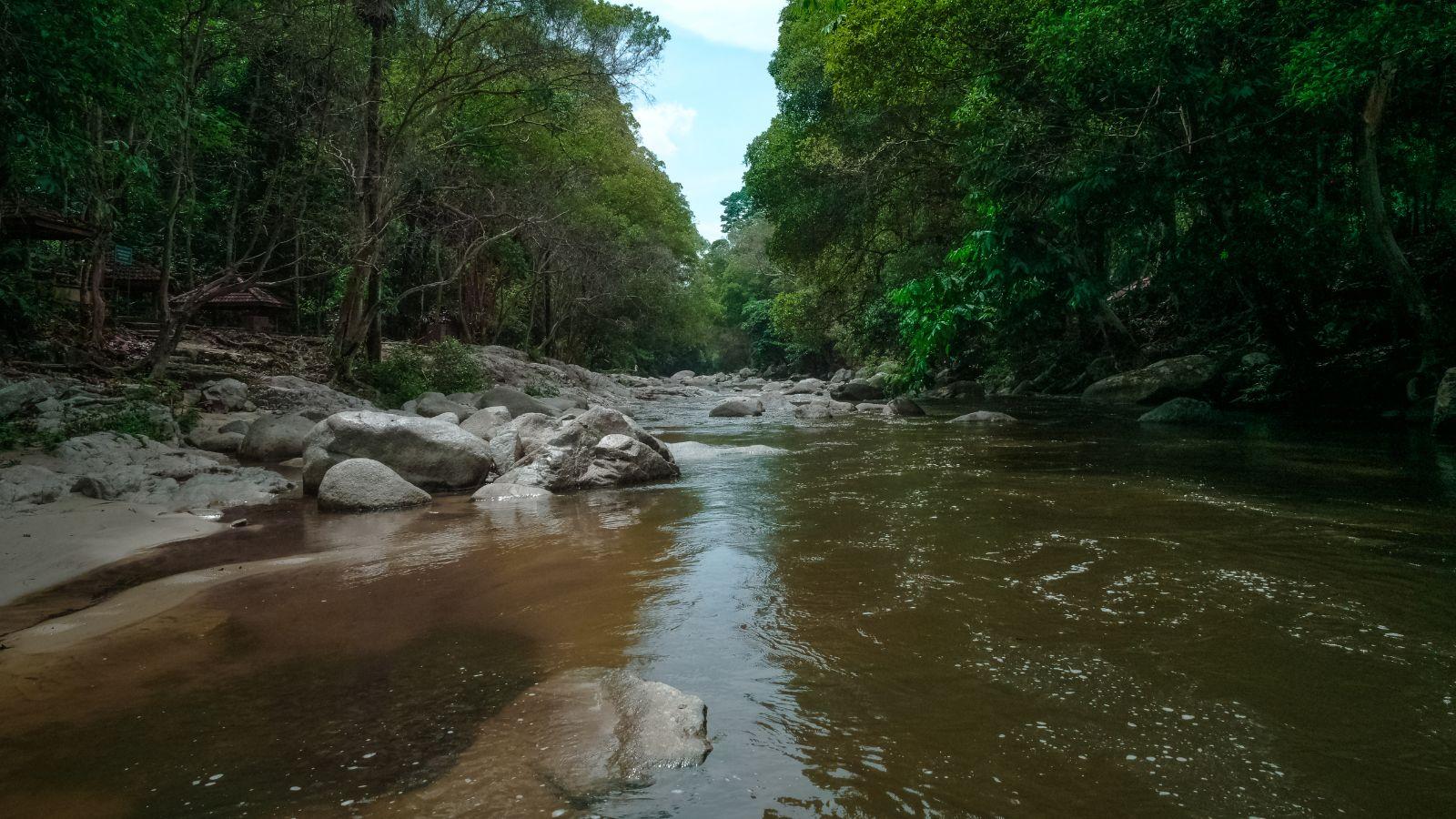
Great Lakes Organizations Target Invasive Sea Lamprey
By
Loading...

James Kelly is Senior Radio Journalist, covering news in the Northwest Wisconsin/ Eau Claire region. Email him at [email protected].
Want More Local News?
Civic Media
Civic Media Inc.
The Civic Media App
Put us in your pocket.